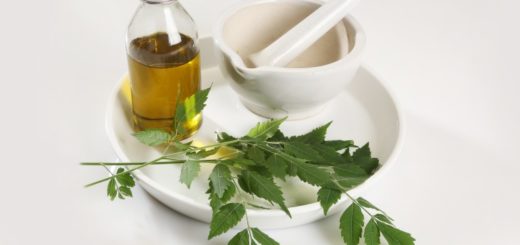How to care for a gem
There are usually two kinds of answers. Some people think that jewelry is worn on the body. Bathing does not affect the jewelry. It can also be used to clean the jewelry. There is no need to take it off. Others insist that the jewelry must be taken before bathing. They can’t wash together. Which one is correct? Everyone who is smart can guess that the latter is right.
Bathing is a process of cleaning the body for us, and for gemstone jewelry – hot water, steam, shampoo, conditioner, shower gel and other daily necessities plus Yuba strong heat or hot air – As much as being in the Flame Mountain or in the nuclear radiation zone of Fukushima, Japan! Some people may think that is it necessary to exaggerate? In fact, the corrosion of hot mens jewelry in the bath is a process that accumulates over time, until you find it too late! And there is one important point – when you use shower gel or soap, your fingers will become very slippery. If your ring is relatively loose, you may sneak a bit and the ring will fall to the ground. No doubt to say that bumps and deformations are possible. If you accidentally slide directly into the sewer… you know what the consequences are.
Regarding how gemstone jewelry can prevent injury, GIA has given a detailed explanation: just as the sun’s harmful rays can damage our skin, light and heat can affect the durability and color of colored gemstones. Some gems will fade and damage over time, as well as the effects of light and heat, such as amethyst, lithium purple jade, topaz and shell relief. Pearls and other delicate materials (such as ivory) are bleached if exposed to light. Other gemstones, especially amber, become dim over time when exposed to too much light. Overheating and sudden temperature changes can also break certain stones. The heat can easily remove the natural moisture content, and these stones need to rely on moisture to maintain beauty. For example, pearls will dry out, crack and discolor. The opal will turn white or brown with tiny cracks and may cause the color to disappear. Exposure to chemicals can damage or faint precious metals (gold, silver, and platinum) and can cause damage to certain colored stones. Even everyday items such as hair gels, lotions, perfumes or other cosmetics contain chemicals that permanently damage the surface of jewelry and other delicate or porous gemstones such as Turkish stone. Be sure to remove the fine jewelry before diving into a pool containing chlorine or using household cleaners. Many of these cleaners contain ammonia, which is too irritating for delicate gemstones or antique cheap personalized jewelry for couples. Chlorine bleach is another common household solvent that can cause pits or damage to gold alloys. Many colored stones are usually treated to improve their color and clarity. These treatments are adversely affected by heat, solvents, steam and ultrasonic cleaners.
Knowing whether a gem is processed is the first step in understanding how to care for a gem. That’s what the GIA certificate means – it contains important information about the gem and any detectable traces of the process. Although you can buy a professional ultrasonic cleaner for $150 or less, you should know that not all gems and jewels can be cleaned with an ultrasonic cleaner. Ultrasonic cleaners should not be used for cleaning: gemstones made of oil, resin or a glassy material filled with cracks on the surface of the gemstone, such as pearls, corals, ivory or amber, have been coated with non-permanent materials such as plastic or wax. Some heat-treated gemstones are susceptible to heat and temperature changes, whether treated or not. These gems include tanzanite, feldspar (sunlight stone and moonstone), fluorite, cordierite, lithium amethyst, lapis lazuli, malachite, opal, topaz, turkish stone, zircon, etc. More importantly, the vibrations generated by the machine sometimes rupture the gemstone or create a gap in the gemstone that is fixed by contact with its waistline. This type of cleaning is best left to jewellery professionals because they understand different gem materials and know when and how to use the ultrasonic cleaner safely.
In fact, the safest cleaning method is also the easiest. Most colored stones can be cleaned with warm water, mild soap (without detergent) and a soft brush. Pulsed water cleaning equipment and a soft, lint-free cloth can also be used. Be sure to rinse the elegant best friend jewelry in a glass of water to remove the cleaning solution, as if you rinse directly in the sink, you may lose loose gems or even a whole piece of jewellery. On the other hand, soft gemstones, such as pearls, are easily scratched. Gently clean it with a new, clean makeup brush and warm soapy water. Spread a string of pearls on a towel to dry, and the wet thread can be unfolded. Since it is easy to absorb dust, please do not touch the string of pearls before completely drying. If you wear pearls frequently, you should reconnect them once a year.
Source:




